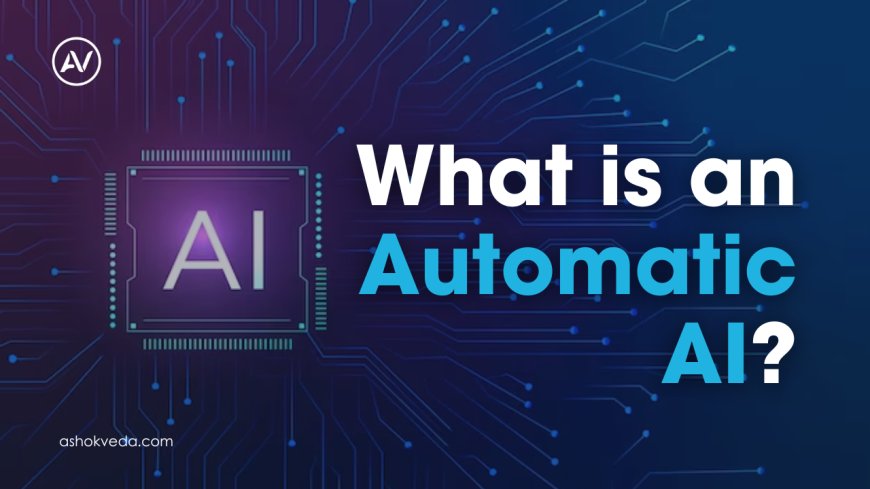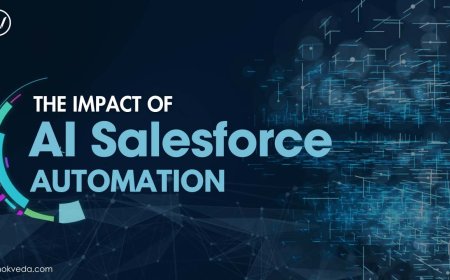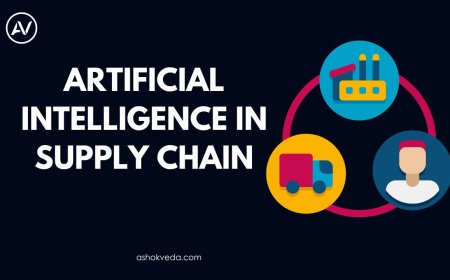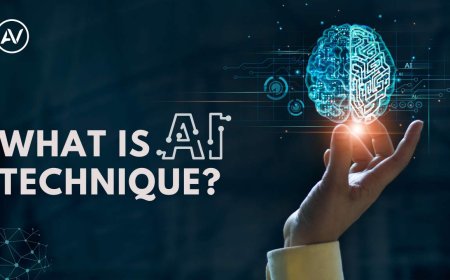Explore: What is an Automatic AI?
Explore the basics of automatic AI, its functions, benefits, applications, technology integration, and future trends, in this insightful article.

Hey there! Have you ever been curious about automatic AI and its workings?
Imagine this: The coolest combination of deep learning technology, machine learning, AI automation, and intelligent automation is called automatic AI. It's essentially the intelligence underlying machines that are capable of self-learning, self-adaptation, and self-decision, much like your perceptive best friend! You may wonder, then, what is an automatic AI? It enables smoother, faster, and much more enjoyable operations, much like having a reliable companion who is always there for you. Artificially intelligent automation in the healthcare and finance industries is made possible by automatic AI, which is the brain behind some truly amazing innovations. Are you interested yet? You may ask what an automatic AI is. It's as if you had technological magic that came true and fulfilled all of your automation dreams, opening up a whole new and thrilling world!
Defining Automatic AI
Automatic artificial intelligence refers to the ability of machines to learn from data and operate on their own without constant human guidance. It's similar to giving them a brain so they can reason and make decisions for themselves. Imagine it like teaching your dog how to catch a ball; once they have the hang of it, you won't need to speak to them. Thus, automatic AI provides machines with sufficient intelligence to manage tasks without continual human supervision. It helps us automate things and makes life easier, which is quite awesome!
How Automatic AI differs from general AI and other types of AI
|
Types of AI |
Description |
|
General AI |
General AI aims to think and act like a human in a variety of jobs. It picks up new skills and changes with the times. |
|
Specific AI (Narrow AI) |
Particular AI is strong in a single area, such as picture recognition or language translation. It's designed to perform effectively in particular jobs. |
|
Automatic AI |
The goal of automatic AI is to do tasks independently, without regular assistance from humans. Using data as a guide and adapting to changes, it seeks to do repeated activities more effectively. |
Key Features of Automatic AI
Automation: Operations are handled independently by artificial AI, which saves time and effort by performing activities without continuous human involvement. It improves operations by streamlining procedures and lowering the requirement for manual intervention.
Learning: It gains knowledge from the data it gets and uses that knowledge to identify patterns and make judgments. This process makes it smarter and more accurate over time. Its capacity for learning allows it to improve performance and adjust to changing conditions.
Adapting: Autonomous AI can modify its behavior in response to new circumstances or data, ensuring its efficacy across many contexts. Its adaptability enables it to react quickly to changing circumstances and demands.
Efficiency: Automatic AI increases productivity and reduces errors by automating processes and learning from experience. This allows for faster completion of jobs with fewer errors. This maximizes resource usage and increases efficiency.
Independence: After being set up, automatic AI may operate on its own, making decisions and carrying out activities without constant human supervision. This increases the overall efficiency of the workflow by freeing up human time and enabling continuous operation.
How Automatic AI Works?
Automatic AI performs processes without requiring constant human interaction by integrating models and algorithms. Here's a simplified overview:
Entering different kinds of information into the system, such as text, numbers, images, or sensor measurements, is known as data input. After that, this data is processed using various models and algorithms to carry out tasks like language understanding, pattern identification, and prediction. The AI makes decisions based on the processed data; these decisions can be anything from giving instructions to a robot on where to move to suggest a product to a customer. Through the feedback loop, the AI can learn from the results of its decisions, rewarding effective behavior and, if needed, modifying plans for subsequent decisions. After being educated, autonomous AI is capable of functioning on its own, continuously completing tasks, and picking up new knowledge.
A few essential technologies that enable robots to do tasks independently are the basis of automatic AI:
-
Machine learning: This allows computers to see patterns in data, learn from them, and make judgments with little to no assistance from people.
-
Artificial Neural Networks: Designed to assist machines in processing information and deciphering complex data, these networks resemble condensed versions of our brains.
-
Deep learning: This kind of machine learning leverages multiple layers of processing, making it ideal for challenging tasks like speech recognition and facial recognition.
-
Reinforcement Learning: In this approach, robots pick up good decision-making skills by rewarding themselves when they perform well.
-
Natural Language Processing (NLP): This helps machines understand and use human language, making it possible for us to chat with them as if they were people.
Benefits of Automatic AI
Enhanced Efficiency: By automating operations, automatic AI speeds up processes and decreases the demand for manual labor.
Consistency: Automatic AI guarantees consistent outcomes by carrying out tasks in the same manner each time, which is essential for quality control.
Cost-Reduction: By reducing the requirement for human labor and the chance of error, automatic AI can eventually lower expenses.
Scalability: As organizations expand, automatic AI can manage more complicated tasks or higher volumes of work without requiring more staff.
Data-driven decisions: These judgments improve outcomes in a variety of applications by utilizing large volumes of data to inform them.
24/7 Operation: Automated AI systems can work continuously around the clock, increasing productivity, particularly in sectors where continuous operation is necessary.
Real-World Applications
Many daily tasks depend on automatic AI to keep things running properly. The applications of AI include managing robots in factories that produce goods precisely and swiftly. Chatbots are used by customer service to quickly respond to typical inquiries. By analyzing medical pictures, it assists doctors in finding issues in the field of healthcare. Studying transaction patterns in finance helps in trading and fraud detection. Self-driving automobiles employ automatic artificial intelligence (AI) to assist with safe navigation. These illustrations demonstrate how automatic AI boosts productivity across several industries by automating processes.
In summary, automatic AI significantly enhances efficiency and productivity by automating tasks, learning from data, and adapting to new situations. It finds applications in various industries, from manufacturing to healthcare, demonstrating its ability to streamline processes, reduce errors, and operate autonomously, making our lives easier and more efficient.




































